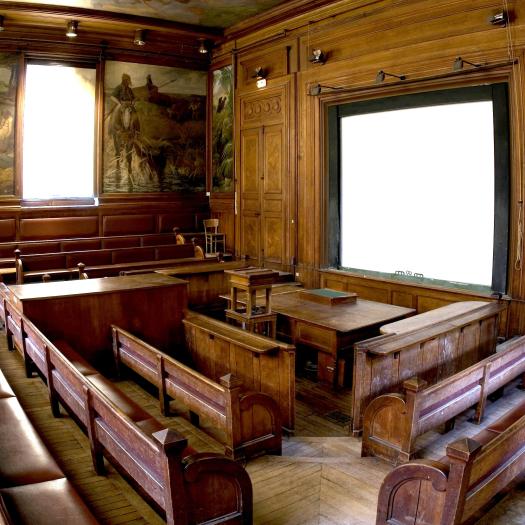PhD Defense - Rémi Lefebvre


La soutenance de thèse de Rémi Lefebvre aura lieu le mardi 8 décembre 2020 à 14h00.
Thèse de doctorat sous la direction de Alexandra Houssaye, de Ronan Allain et de Raphaël Cornette
Composition du jury :
Abstract:
Several terrestrial groups of vertebrates reached gigantic sizes, showing inner and outer limb particularities related to their heavy weight. Sauropoda represent the most extreme case of gigantism. These quadrupedal dinosaurs with columnar limbs belong to a larger clade, Sauropodomorpha, the early representatives of which were smaller and bipedal. The sauropod bauplan is associated with a series of features of the limb bones, whose evolutionary sequence of appearance and link with gigantism remain unclear. The present work aims to determine the external and internal features occurring in sauropodomorph limb long bones with the evolution of gigantism in Sauropodomorpha, and their implication in locomotion and weight-bearing. The whole shape variation of the humerus, radius, ulna, femur, tibia, and fibula was quantified using three-dimensional geometric morphometrics. A preliminary assessment of the impact of taphonomy performed in the genus Plateosaurus allowed to discuss and then minimize the influence of this parameter. The analysis of the shape variation of the limb long bones across sauropodomorphs suggests a differential evolution of the sauropod limbs. While the features characterizing the sauropod forelimb appear abruptly, those characterizing the sauropod hindlimb appear more progressively in sauropodomorphs. The three-dimensional study of the microanatomy of the limb long bones of the sauropod Nigersaurus showed the presence of a spongiosa filling the medullary area, as in other heavy taxa. However, conversely to most of them, Nigersaurus does not show a thick cortex. The overview of a larger number of sauropods highlighted an unexpected microanatomical variability. The inner and outer features of sauropod limb long bones are somewhat unexpected given the gigantism reached by many of them, as compared to osseous specializations encountered in other massive quadrupeds. Features such as columnarity and skeletal pneumaticity may have been predominant for weight bearing, rather than bone robustness, with mass not increasing as strongly with size as in other quadrupeds. The integrative approach proposed here is the basis for further investigations of sauropod diversity, helping in understanding the evolution of such extreme case of gigantism never reached by any other group.



